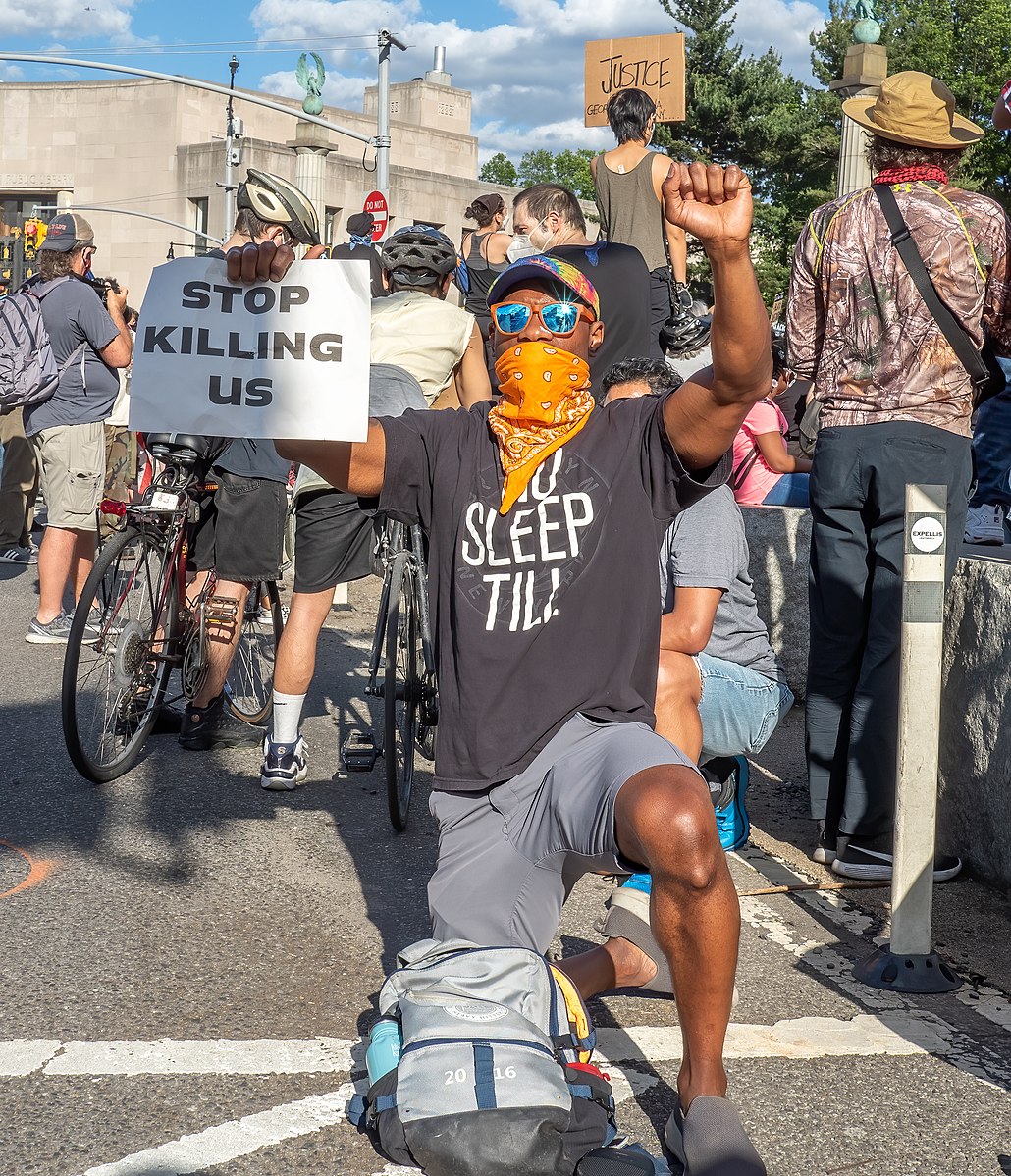
"On a somatic level, even being in the presence of riot cops, and especially the tear gas, it’s traumatizing. And at the end of the day, the goal is healing."
You have reached your article limit
Sign up for a digital subscription and continue reading all new issues, plus our entire archives, for just $1.50/month.
Already a subscriber? Sign in




